Joel Meyer is the former Chief Product Officer at Vimocity, a workplace safety solution for utility companies and energy providers. After launching a telemedicine startup, he served as Director of Product Management at Workfront (acquired by Adobe). Joel then moved on to Intuit and Verizon Wireless before joining Premier Inc. Before his most recent role at Vimocity, he worked in leadership positions at Solera Health and Conduent.
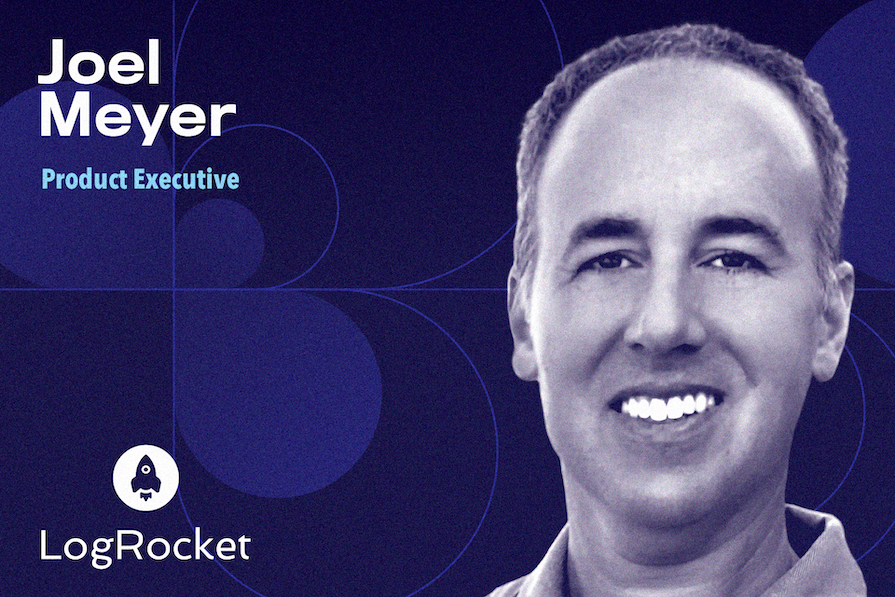
In our conversation, Joel talks about how to make product management work for you by modifying frameworks and roles for your team. He discusses his work at Vimocity to change people’s wellness habits and improve their quality of life. Joel also shares how he upskills his teams, encourages them to keep their pulse on trends, and evaluates how new changes will impact their solution, users, buyers, and the market.
It was actually very serendipitous for me. I was leading the software development team for a small startup in the digital health space. When we built and showed our product to a customer, they said, “This doesn’t solve my problem.” Then, we took their input and built another product, and they still said, “This doesn’t solve my problem.”
I explained to my leader, “We have to solve this problem. We’re chasing our tails.” He said, “Yeah, that sounds great. Go do it.” It was a small company, but I was like, “Wait, I wasn’t volunteering.” To that, he said, “I think you can, and I think you should.”
This was a healthcare product for women’s health, and I knew nothing about either. This perspective of being completely ignorant was very beneficial, looking back, because I had to ask a lot of questions. I couldn’t make any assumptions or come in with predetermined biases. I was constantly asking, “Tell me more about this and why it’s important.”
This experience made me realize I really loved being a product manager. I was ready to talk to customers to understand what their needs were, have empathy for the physicians and patients, and figure out what solution would work best for both of them. Ever since then, I’ve been in product management.
Vimocity is a technology-enabled service that provides employees of large utility companies mobility techniques they can apply to their day to improve their situational awareness and body positioning so that when they’re doing their work, they’re less likely to get hurt. Preventing injuries from occurring in the first place not only reduces their risk of injury, but helps workers stay safe and healthy, which ultimately makes a positive impact on their quality of life.
The technology side of Vimocity is the digital platform that delivers the service to employees and maybe their family members whenever and wherever they are. It helps reinforce these techniques with short follow-along activities that help them increase their mobility. There’s also some great content about getting rest, hydration, breathing, body positioning, etc.
The exercises are fun and quick. Vimocity’s ultimate goal is to help people embody these little habits daily and help them live better.
I’ve been doing this for a little while now, and I realize that the things that make a team stronger start with the individual.
You may look at somebody with the right skill set, but that skill set always circles back to whether they can build that deep customer empathy. Do they already have it? Are they passionate about the problem? Can they communicate? Are they wanting to learn and explore without bias? Are they going to be a team player? Are they well-organized? These are the kinds of things I focus on when I’m building a team from a group of individuals.
Once I have a few folks in place, or after I get to know everyone on an existing team, I step back and think, “All right, now what does the team need?” I look for complementary skills. For instance, someone may have a ton of market knowledge but not be that good at, say, organizing around workflow elements. Or vice versa — somebody comes in with a really strong workflow background but doesn’t know the market. Having those people work together makes us a much stronger team.
Third, you have to combine the individual, the team, and the process. For the process side, it’s choosing a framework first. What is our full product lifecycle evolution, from idea all the way through its sunset? Where are we in that cycle, and what do we need to do differently?
I recommend starting with a framework that somebody — whether that’s you or someone on your team — is familiar with, and then adjusting it to align with your business and your company’s complexity.
When I was the head of the product management office at Conduent, my role was all about looking across the company and asking, “What’s the right framework? How do we implement it across 30+ teams when they’re all at different levels of maturity?” The products were at different stages, too. Some people were building brand new ideas and getting ready to take them to market, and others were thinking about sunset. Most of them were in the management/enhancement phase.
I was trying to create one framework so that when one team is sunsetting and they’re looking at the innovation they’re going to bring next, it’s consistent across the company.
We built out tools to assess a team’s maturity and then figure out where their needs were within that maturity. For example, we found they needed help in the management enhancement phase. We said, “OK, that’s great. We’ll help them with that now. We won’t focus on the idea generation side or the sunsetting because they don’t need that now.” Mapping out what each team does through the product lifecycle and using that as the foundation for the product management team is key.
Deciding which person works on what is more of an art than a science. I try to match people not only to their strengths but also to where they can grow.
If I look at somebody who hasn’t had experience in a certain role or stage of the product cycle, I may ask them to move into that role so they can learn. But I’ll make sure to give them support, whether it’s me as a mentor or somebody else on the team that they’re working with who is experienced in the area they need to grow in and can help them learn as they go. I also look at communication styles and how we split work across the rest of the team.
Ultimately, if you step back from the specifics of a given situation, a good product leader is always going to be effective using a player-coach model. The player-coach role works best when you know what the goal is, and align on that being what you’re working to achieve. When everyone has that clarity on the goal and how it will be measured, they’ll rise and achieve it.
I was very fortunate to inherit a product manager who was new to product management but had over seven years of experience working with utility company employees. Knowing I had that person on the team, there were two challenges: how do I teach them product management, and how do I learn from what they know about the market and highlight it to build deep user empathy?
I don’t want a team full of SMEs. I look for a balance where we bring in some knowledge and then complement that with some alternative skills that round out the team as a whole. So, I assessed gaps on the team and then made sure that I supported and coached them toward closing those gaps. Upskilling should always be part of the equation anyway because even when everybody’s at the same level, things will change, the market will change, and technology will change. And data is becoming more important than ever. AI is an important lever too. The best product management teams are aware of the market and technology trends, and they consider these trends and how they will impact their solution, users, buyers, and the market in general.
I like to bring the product team together for something like a code review. We look at the problem from all angles and bring in different perspectives. We share what we’re proposing and what alternatives we could consider. That allows the SMEs from different areas to not only be aware of what’s changing (because it could impact something they’re working on) but also to have a voice. This approach benefits the whole team.
In workplace injuries, the key outcome we’re trying to decrease is a lagging indicator. Due to seasonality, it can often take a whole year to get the data in and then compare it year to year. We stepped back and said, “That’s too long. We need to come up with leading indicators instead of lagging indicators.”
In my experience, this is pretty common across B2B solutions. We don’t want the customer to say, “I didn’t really see the value. We’re canceling.” Ideally, this value demonstration is frequent and should precede budgeting cycles. The question is, “How do I demonstrate value often and ahead of contract renewal?”
So as product leaders, we ask ourselves, “How do we make it easy for our decision-makers and our recommenders to justify including us in next year’s budget?” And even better, we want to think about how we not only get renewals but also expand. How can we impact more people, and how can we drive more revenue? How can we grow our existing base there?
Often, the decision to renew or expand is being made on ROI and several other criteria. Pulling back the layers from that — if we cannot just focus on the ROI piece, that might be a financial benefit, but what other ancillary benefits can we drive? And in this case, if it’s improving somebody’s quality of life, is there a way we can start measuring that early and often?
This is the tough part, and we shouldn’t go over it too quickly. Often, either through initial reactions or standard product metrics, you end up with a lot of activity metrics. But, activity is not always directly related to driving value. For Vimocity the service is about learning and doing. The doing part is activity we could measure, but how could we measure the application of the concepts. We found a strong correlation between making those concepts easy and memorable and their likelihood of being adopted. If our customers apply these concepts, they will improve their quality of life.
We conducted surveys and tested content consumption. We asked consumers, “How often are you applying these concepts?” Getting that feedback early was really insightful for us. We learned more about how they were using what we taught them.
The platform was strong, but people sometimes need a reminder. One of the things we invested in was improving our omnichannel communications. We also invested in building a challenge system that included individual and team incentives to get people going and to apply those concepts and build new habits.
We had to do a lot of research to implement that correctly. There’s a point at which gamification can become cheesy and turn people off. If people get too focused on the incentives, they’re not focused on the true benefit to their lives. That’s what we want — for our customers to say, “I’m doing this for me, not for some sort of extrinsic reward.” The way I think about it, better habits are their own reward.
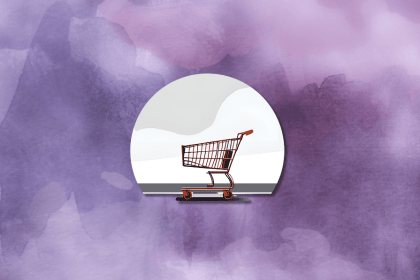
Cart abandonment is a major hurdle. But with these 10 UX tweaks, you can create a more convincing path to purchase, drive conversions, and minimize dropoffs.
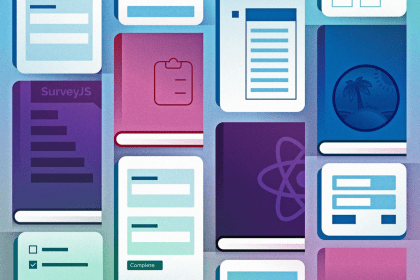
Consider using a React form library to mitigate the challenges of building and managing forms and surveys.
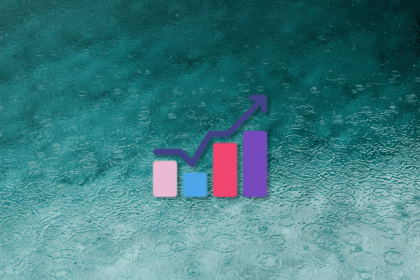
Scaled agile is an approach that allows you to extend agile principles across multiple teams, projects, or business units.
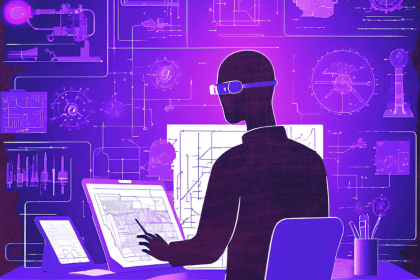
Design engineering is becoming integral to UX roles. But how is this shift impacting job descriptions for UX designers, and what can you do about it?